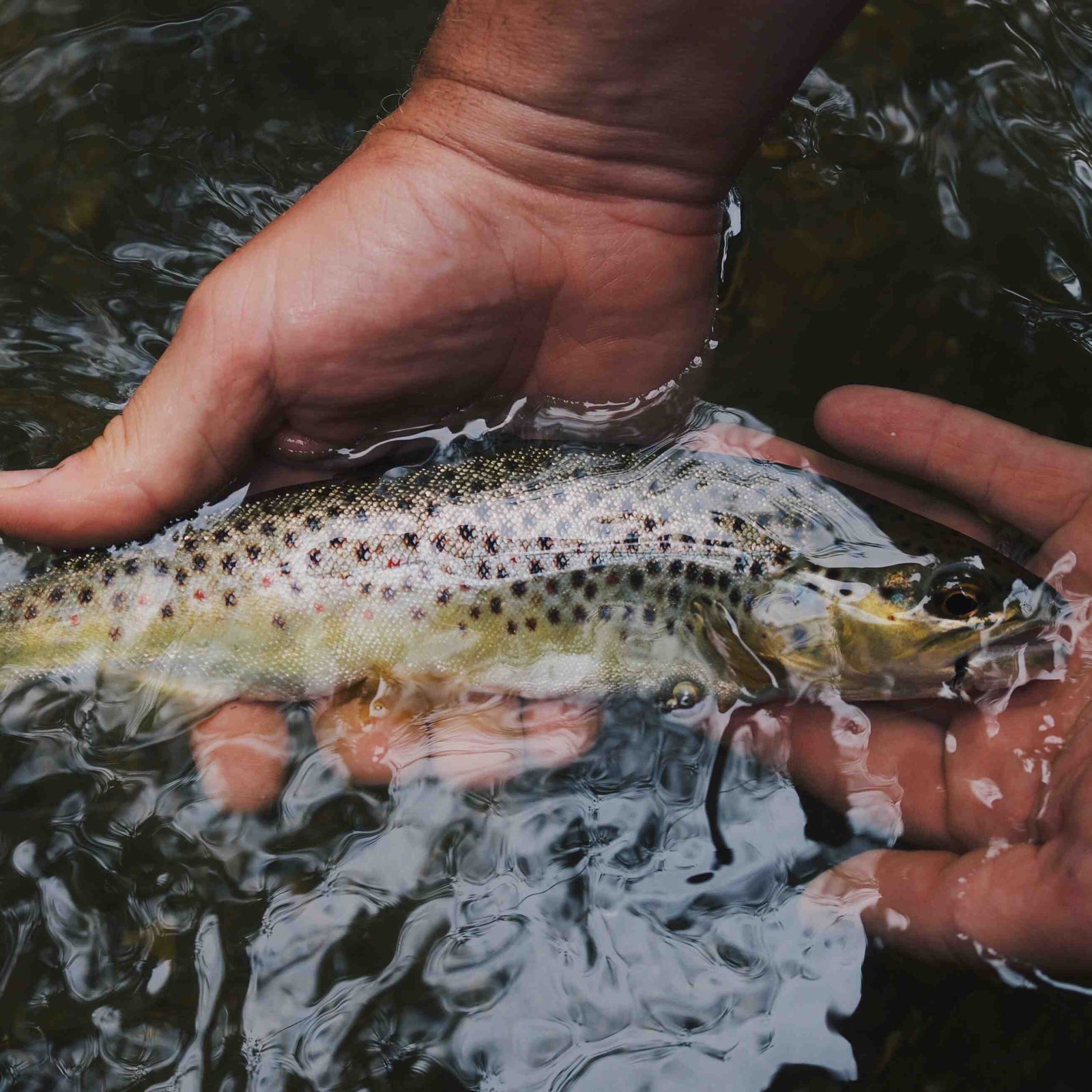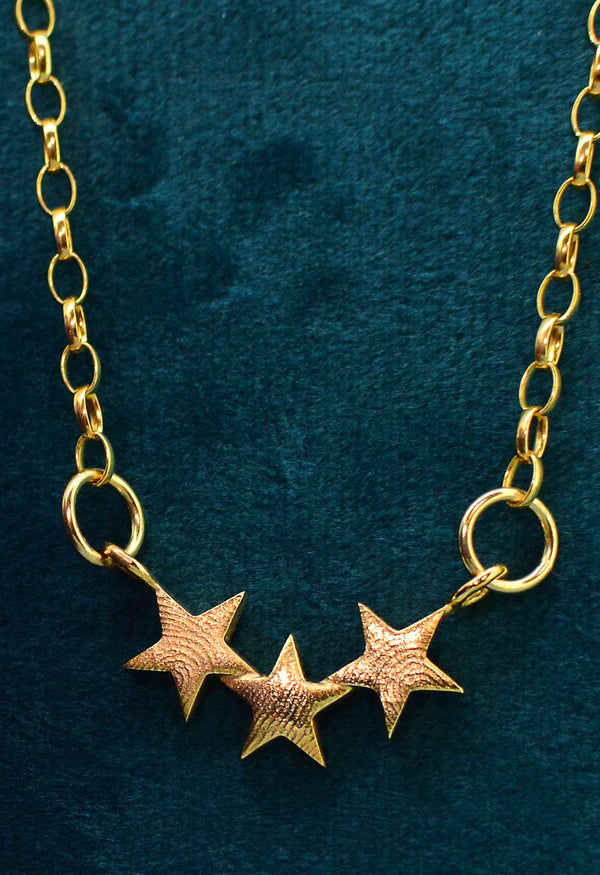Your Cart is Empty
~ Waiting List in Operation ~ Please Ask Before Ordering ~
~ Personalised jewellery to treasure forever ~
~ Waiting List in Operation ~ Please Ask Before Ordering ~
~ Personalised jewellery to treasure forever ~

10 native and protected fish in British waterways
August 18, 2018 3 min read
Britain’s rivers, canals and streams are populated with a wide variety of fish, but many of our native species are declining in number. Here are ten protected species of fish to keep a look out for when exploring British waterways.
- Crucian Carp
One of the shyest and retiring British fish, the Crucian carp avoids the busiest waterways, opting instead for quiet canals. Crucian carp can usually be found swimming in large shoals.
The Crucian carp is a humpbacked fish which can weigh up to 3kg. Golden bronze when young, their colour darkens as they mature, when they take on hues of green along their backs.
- Shad
There are two species of shad found in British waterways: the Allis shad and the Twaite shad. Both are highly protected due to their declining numbers in the UK, where you can now only find them in isolated rivers and estuaries.
Related to the herring family, both species of shad have flat, silver-coloured bodies up to 50cm in length. The Twaite shad has a darker-coloured back than the Allis shad, and up to ten dark spots on the gill cover, where the Allis shad only has one or two.
- Sturgeon
The common or European sturgeon is a critically endangered, protected fish which was historically found in rivers all over the UK, but its numbers have now dwindled to the point where sightings are extremely rare.
It has a fascinating appearance similar to that of a shark. Silver in colour, it has a long snout with barbels underneath, and can grow up to six metres long.
- Bullhead
The bullhead is a threatened species which populates clean, stony rivers and streams. Bullheads can also sometimes be found at canal locks around the brickwork, but they are notoriously difficult to spot, as they only come out to feed at night.
Sometimes known as the Miller’s Thumb, the bullhead is a distinctive fish, with a mottled, sandy-brown body and flat head with protruding eyes. Small in size, it grows to an average of between eight and 12cm.
- Brown Trout
Although the brown trout is fairly common in British waterways, it is listed as a priority species under the UK Biodiversity Framework. It is a medium to large fish, growing to between 50 and 80cm, and weighing up to 14kg. Golden-brown in colour, its back is darker than its belly, and it is patterned with dark spots bordered in a pale colour, all over its back and sides.
The brown trout can be found in fast-flowing, stony rivers throughout the UK, all year round.
- Spined Loach
The tiny spined loach only grows up to 5cm in length. It dwells on the bottom of a number of rivers in the UK, and is regularly sighted in Leicestershire, although it is far less common in other parts of the country.
Spined loach can best be seen in the evening, as this is when they feed. Their bodies are long and thin, with a sandy-coloured back and sides covered in dark brown spots.
- Smelt
Listed as a priority species, the smelt is found in isolated estuaries and rivers during the spring. This small fish has a slim, elongated body with a sharply forged tail and a pointed dorsal fin. It appears predominantly silver in colour, but its back has a dark green hue.
The smelt grows to an average of 10 to 15cm long, and can be seen swimming in large shoals.
- Mullet
Although fairly common in British waterways, mullet are very slow-growing, so their numbers have to be monitored carefully as they would be difficult to replenish if they began to decline. Mullet can be found throughout much of Britain, but they are more common in southern England.
Preferring still, calm waters, the mullet can most often be seen in quiet estuaries and coves. They shoal in small groups close to the surface of the water.
- Lamprey
Three species of lamprey can be found in British waterways: the Brook lamprey, the River lamprey and the Sea lamprey. All are protected species as they are increasingly rare.
Instead of jaws, lampreys have sucker-shaped mouths, which they use to hold onto the river bed. The Brook lamprey is the smallest species, growing to a maximum of 15cm, while the large Sea lamprey can reach up to a metre in length.
- Eel
Eels are classed as endangered, but they are still widespread in Britain’s rivers and canals. They can enjoy a lifespan of up to 100 years.
Although transparent when young, mature eels are a dark greenish-brown in colour, with a pale belly. They have a snake-like appearance and can most commonly be seen in the evenings if you keep a low profile.
Leave a comment
Comments will be approved before showing up.
Subscribe
Sign up to get the latest on sales, new releases and more …

Join the Club
WE'RE SO PLEASED TO SEE YOU!
Stay a while and look around.
While you're here, why not subscribe to our newsletter?We'll give you £20 off your first order, VIP access to new products, and access to our very special sample sales.We promise not to annoy you (honest).
